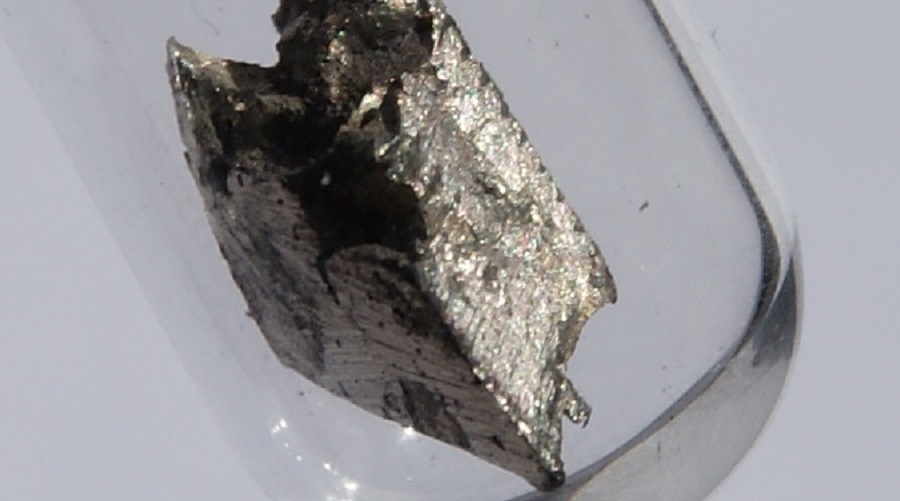
Geoscientists at Trinity College Dublin have developed a cheap and environmentally friendly method for the synthesis of cerium, a rare earth mineral that holds promise for the treatment of diseases associated with inflammation, including cancer.
In a paper published in the journal RSC Advances, the researchers explain that they found out why cerianite is associated with REE-carbonates and how exactly it forms in nature. At the same time, they produced a sort of cookbook for material engineers with easy recipes for the synthesis of Ce-carbonates and cerianite with different sizes and shapes.
Sign Up for the Suppliers Digest
Cerianite or cerium-oxide (CeO2) is a compound widely used by the energy, transportation, electronics and healthcare sectors. It is also considered a promising material for biomedical research due to its antioxidant properties. For example, cerianite nanoparticles are being investigated as therapeutic agents for the treatment of diseases associated with oxidative stress and inflammation, including cancer.
“Our simple method allows for the production of cerianite with different sizes and shapes. The smallest particles are just a few nanometers and the largest are 50 micrometres. This will be useful in biomedical sciences, production of carbon-neutral technologies and material sciences,” Juan Diego Rodriguez-Blanco, lead author of the paper, said in a media statement.
Rodriguez-Blanco explained that the study shows how he and his colleagues synthesized cerianite using various methods with various shapes and sizes by using different crystallization routes, some of them mimicking natural processes.
In detail, the scientists combined two simple fabrication processes at low temperatures. By adjusting parameters such as temperature, duration of the experiment and concentration, they found that cerianite can form via cerium carbonates, acting similarly to other rare earths such as lanthanum, praseodymium, neodymium and dysprosium. They also found that cerium carbonates eventually decarbonize and form cerianite.
In Rodriguez-Blanco’s view, their methods provide primary information on the synthesis of nanometric and micrometric cerium carbonate and cerianite.
The researcher also pointed out that the processes he and his co-authors described are non-toxic and use common chemicals; thus, they are energy- and material-efficient and can be easily replicated.

